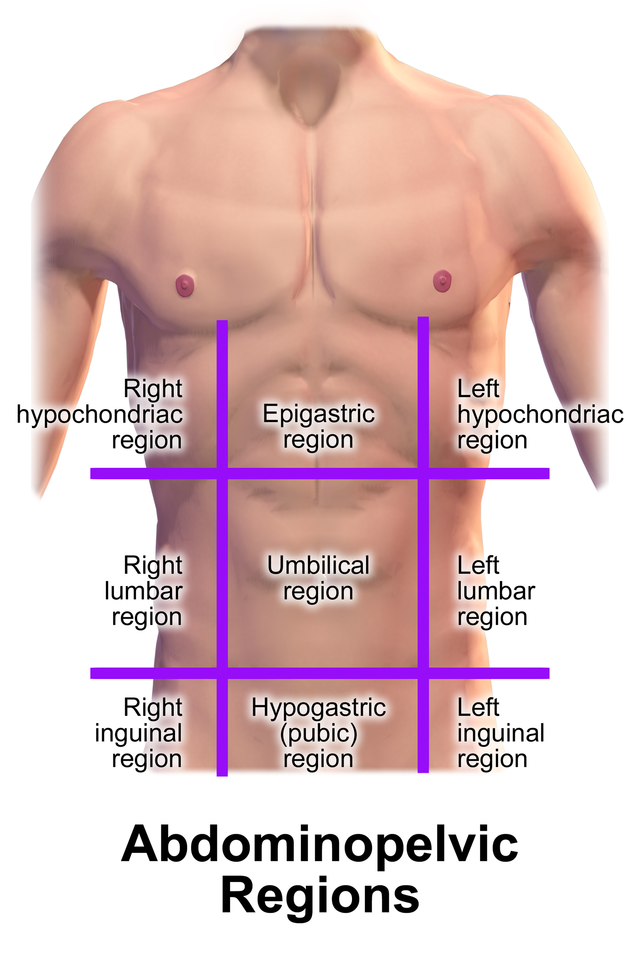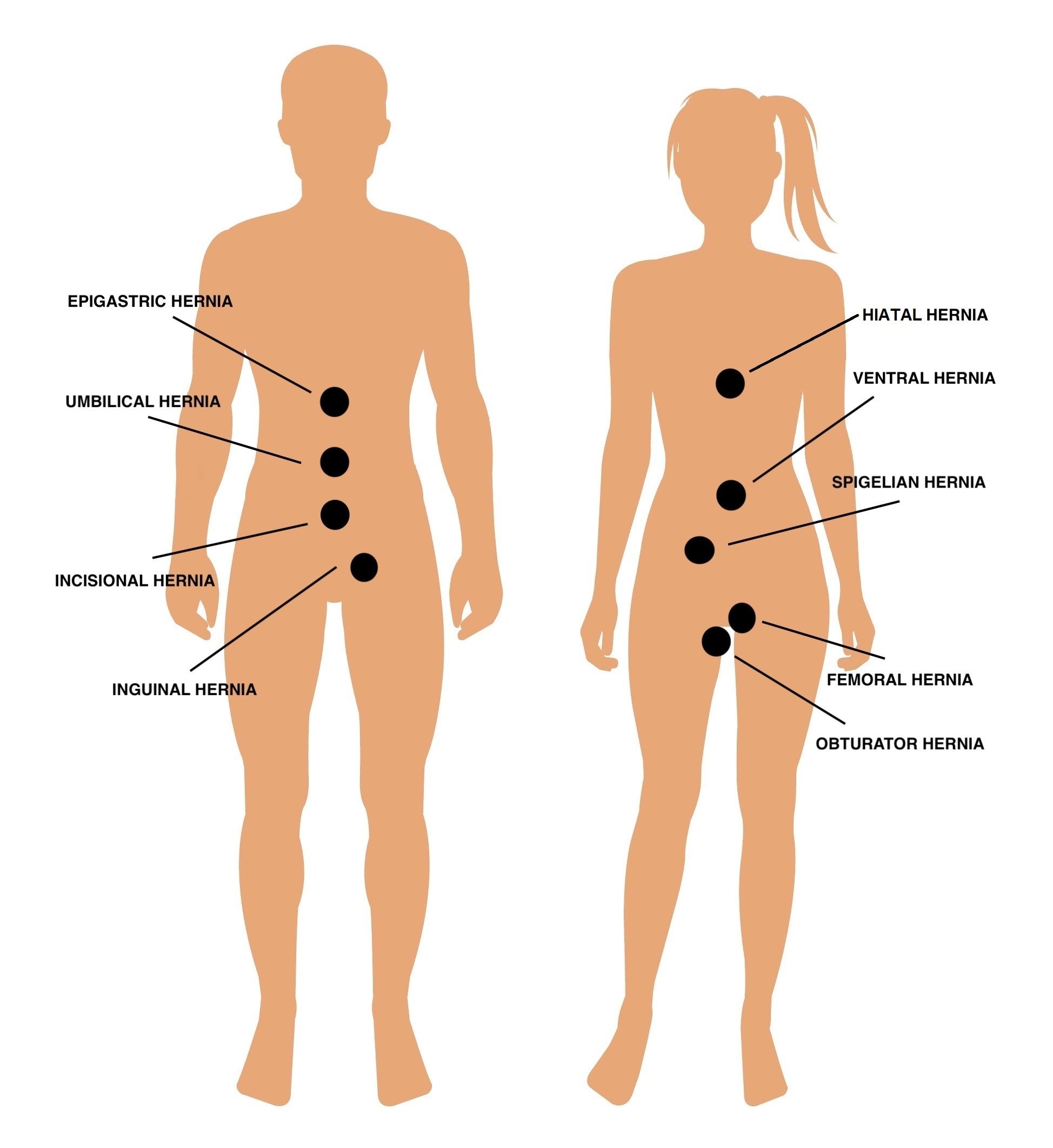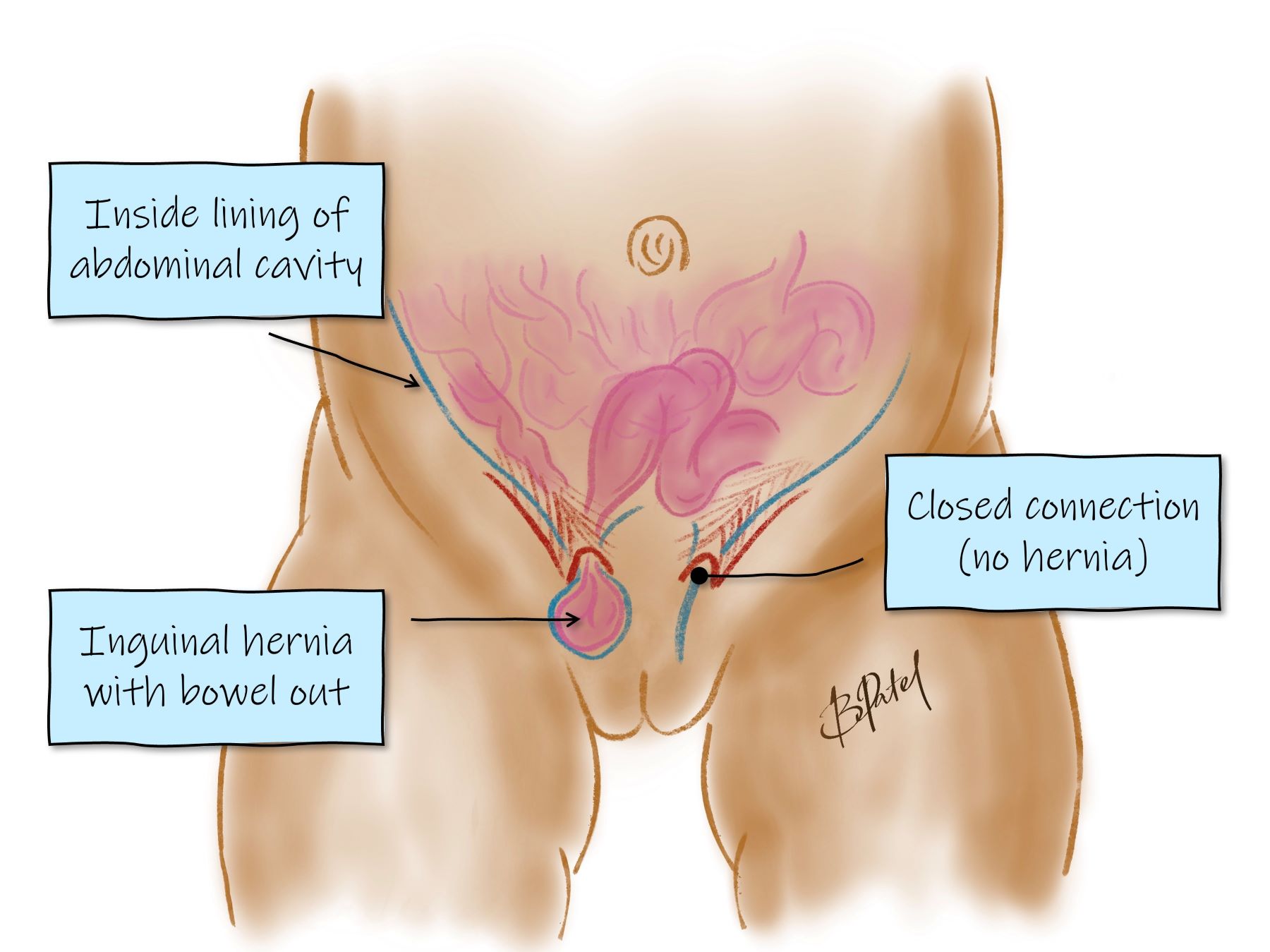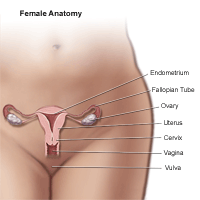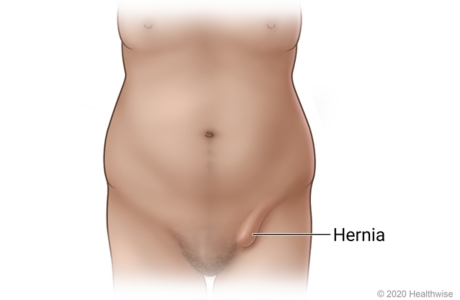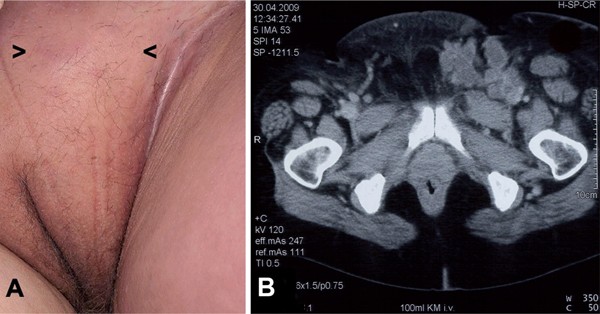Primary merkel cell carcinoma clinically presenting as deep
4.9 (285) · $ 30.00 · In stock
Merkel cell carcinoma (MCC) is a relatively rare, polyomavirus associated, primary neuroendocrine carcinoma of the skin which is usually arising from dermal skin layers. However, the origin of MCC in the subcutaneous tissue is debatable. We report a 58-yearold female patient with an oedematous mass on her left groin that was firm in consistency and had no discoloration or other visible abnormality of the overlying skin. On histology and immunohistology the tumour was consistent with the diagnosis of MCC showing a predominant subcutanous growth pattern. Pelvic magnetic resonance tomography revealed a tumour conglomerate reaching from the subcutis of the left groin to the left paraaortal and parailiacal region indicating widespread lymphogenic metastisation. Despite complete medical work-up no other MCC primary could be detected. In conclusion, predominant subcutaneous growth pattern as well as tumour localization in the groin are uncommon features of MCC. MCC showing the aforementioned features may be associated with significant delay of diagnosis and therefore represents an unfavourable prognostic factor.
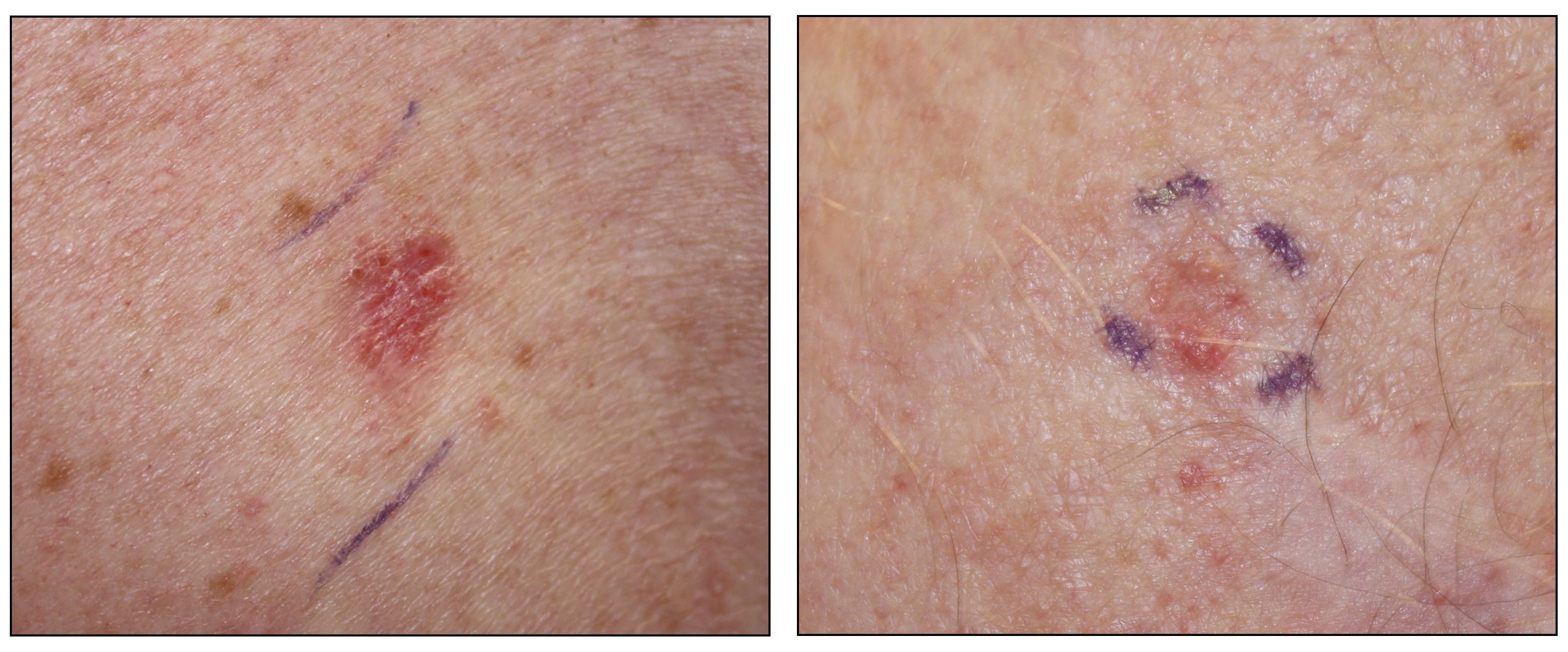
Genetics of Skin Cancer (PDQ®) - NCI

Total Spontaneous Regression of Advanced Merkel Cell Carcinoma after Biopsy: Review and a New Case
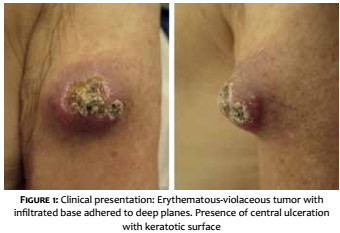
Surgical & Cosmetic Dermatology

Merkel Cell Carcinoma of Eyelid: A Rare Clinical Presentation and

Merkel cell carcinoma

Panniculitic Merkel Cell Carcinoma: Report of a Case and Literature Review

Total Spontaneous Regression of Advanced Merkel Cell Carcinoma after Biopsy: Review and a New Case

Genetics of Skin Cancer (PDQ®) - NCI

Total Spontaneous Regression of Advanced Merkel Cell Carcinoma after Biopsy: Review and a New Case

Biology, Free Full-Text

C‐terminal deletions of Merkel cell polyomavirus large T‐antigen, a highly specific surrogate marker for virally induced malignancy - Schmitt - 2012 - International Journal of Cancer - Wiley Online Library
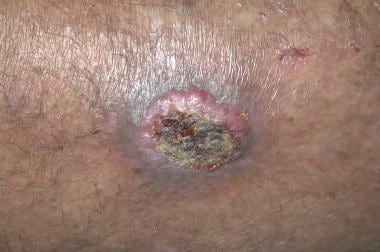
Merkel Cell Carcinoma and Rare Appendageal Tumors: Overview






